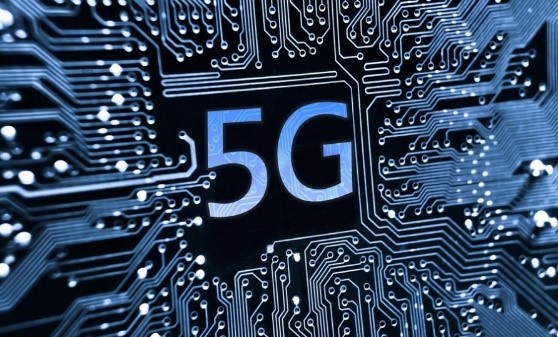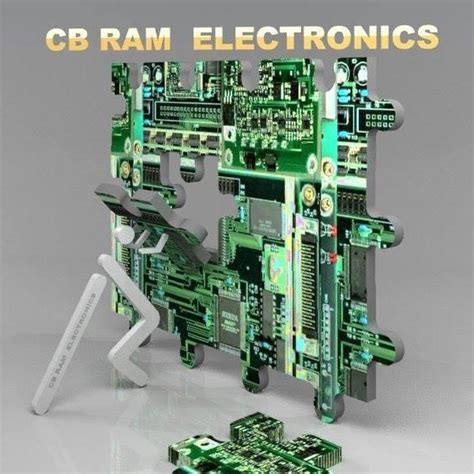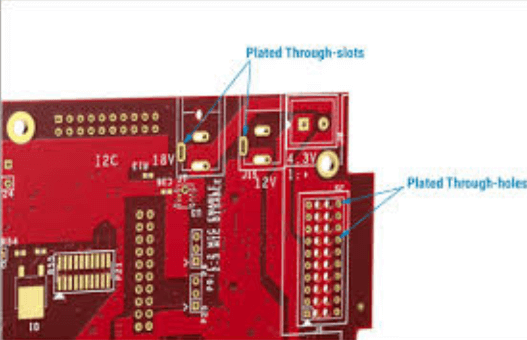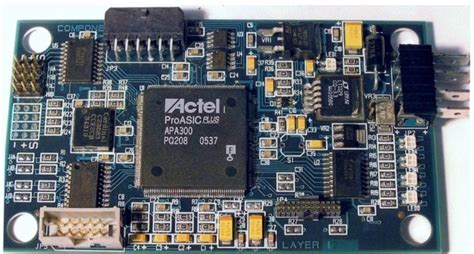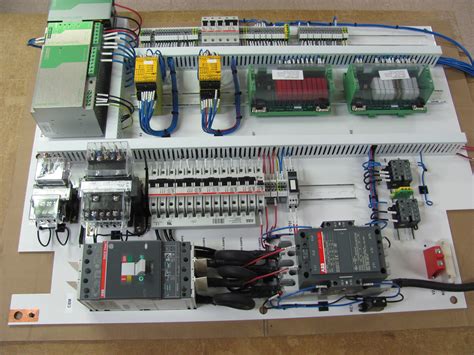What is 5g communication technology and what is its relationship with PCB
1. What is 5G communication technology
5G communication technology is the abbreviation of fifth generation mobile communication technology and is a new generation of mobile communication technology after 4G. It utilizes a brand-new network architecture and technical means, has the characteristics of high speed, low latency, large capacity and wide coverage, and brings a lot of convenience to people’s life and work.
5G communication technology uses millimeter wave frequency bands, large-scale antenna technology,
2.5G technology application scenarios
5G communication technology has a wide range of application scenarios, including smart cities, smart transportation, telemedicine, industrial automation, smart homes, etc. Through 5G communication technology, various applications such as high-definition video transmission, driverless driving, and remote control can be realized, improving production efficiency and convenience of life. 5G communication technology is a brand-new mobile communication technology with the characteristics of high speed, low delay, large capacity and wide coverage, which can meet the needs of different fields. With the continuous development and popularization of 5G technology, people will enjoy faster, more stable and safer mobile communication services, and it will also promote the development and application of emerging technologies such as the Internet of Things and artificial intelligence.
Characteristics of 3.5G communication technology
High speed:
The transmission speed of 5G is faster than 4G. In theory, it can reach 20Gbps, and in actual use, it can also reach about 10Gbps. This means users can download and upload data faster, such as high-definition videos and large files.
Low latency:
5G has lower latency, typically under 1 millisecond, while 4G’s latency can be as high as around 50 milliseconds. This means that 5G can achieve faster network response and smoother online interactions, such as online games and real-time video calls.
Large capacity: 5
G has larger bandwidth, with available bandwidth reaching more than 20GHz, while 4G’s bandwidth is usually around 100MHz. This enables 5G to process more data and information faster and support more devices to be connected simultaneously.
Wide coverage:
5G network has the characteristics of wide coverage and can provide ubiquitous connections to meet the needs of various application scenarios.
High reliability:
5G technology uses a variety of new methods to ensure communication reliability, such as network slicing, edge computing, etc.
High security: 5G uses more advanced encryption technology and authentication mechanisms, making it more secure.
GET PCB MANUFACTURING AND ASSEMBLY QUOTE NOW!
5G communication technology has many advantages, including higher transmission speed, lower latency, larger bandwidth, wider coverage, higher reliability and security, etc. These advantages enable 5G to better support various application scenarios and meet the needs of different fields. For example, in the construction of smart cities, 5G can realize applications such as high-definition video transmission and driverless driving; in telemedicine, 5G can realize applications such as real-time diagnosis and treatment and surgical command; in industrial automation, 5G can realize device connection and data collection. and other applications.
However, 5G communication technology also has some shortcomings.
First of all, the propagation distance of 5G signals is shorter, requiring more base stations to cover, increasing the cost of construction and maintenance.
Secondly, 5G technology consumes higher energy and requires more power to support its high-speed transmission and large-scale data processing. Finally, the investment cost of 5G technology is relatively high, requiring a large amount of funds to build and upgrade network facilities.
The development status of 5G communication technology in our country is very good. China has built the world’s largest 5G network, covering major cities and regions across the country. The construction and operation of 5G networks are constantly advancing, and the number of 5G users is also increasing. In terms of technology, China is leading the research and development of 5G technology. China has mastered a series of key 5G technologies, such as large-scale antenna technology,
At the same time, the Chinese government is constantly promoting the integrated development of 5G and other industries to promote digital transformation. For example, the integration of 5G and the industrial Internet can realize industrial automation and intelligence; the integration of 5G and smart cities can realize intelligent and efficient urban management; the integration of 5G and telemedicine can realize applications such as remote diagnosis, treatment and surgery.
GET PCB AND ASSEMBLY SERVICE QUOTE NOW!
The relationship between 4.5g communication technology and PCB
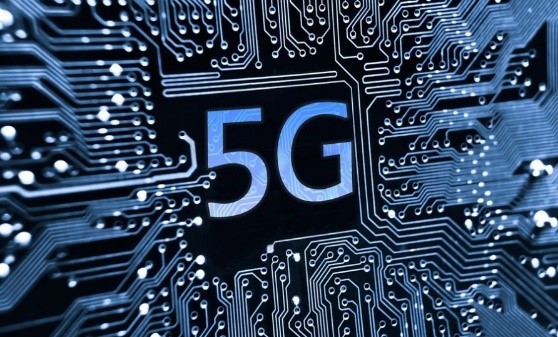
The emergence of 5G communications technology marks a major leap forward in wireless connectivity, promising unprecedented speeds, reduced latency, and the ability to connect multiple devices simultaneously. This technological advancement promises to revolutionize every sector, from healthcare to transportation, entertainment to smart cities. However, the successful deployment and operation of 5G networks depends on the complex design of printed circuit boards (PCBs). These vital components are the backbone of 5G infrastructure, ensuring that high-frequency signals are transmitted efficiently and reliably.
First, the relationship between 5G communications technology and PCBs is fundamentally rooted in the need for enhanced performance and connectivity. 5G networks operate at much higher frequencies than their predecessors, typically in the millimeter wave spectrum. This requires the use of advanced materials and innovative design techniques in PCBs to meet higher signal integrity requirements. Traditional PCB materials such as FR-4 may not meet the requirements because of their higher dielectric losses at these elevated frequencies. Therefore, materials with lower dielectric constant and loss tangent, such as Rogers or Teflon-based laminates, are increasingly used to ensure minimal signal attenuation.
Additionally, the complexity of 5G systems requires PCBs with multiple layers and complex routing to accommodate the dense interconnects required by advanced integrated circuits (ICs) and other components. Miniaturization of components and the need for higher data rates have necessitated the use of high-density interconnect (HDI) technology in PCB design. HDI PCBs feature finer lines and spaces, micro-vias and buried vias, enabling compact and efficient component layout to support the high-speed data transmission required for 5G applications.
In addition to materials and design considerations, thermal management is another critical aspect of PCB design in the context of 5G technology. The higher power densities associated with 5G components generate large amounts of heat, which can lead to performance degradation or even failure if not managed properly. Advanced thermal management techniques, such as the incorporation of thermal vias, heat sinks, and the use of thermally conductive materials, are critical to effectively dissipating heat and maintaining the reliability of 5G systems.
In addition, the deployment of 5G networks involves the integration of multiple technologies, including Massive MIMO (Multiple Input Multiple Output) and beamforming, which requires precise control and synchronization of signals. The PCB plays a vital role in this regard by providing the necessary signal integrity and timing accuracy. Using advanced signal integrity analysis tools during the PCB design phase helps identify and mitigate potential issues such as crosstalk, signal reflections, and electromagnetic interference (EMI) to ensure seamless operation of 5G networks.
Looking to the future, the continuous evolution of 5G technology will undoubtedly promote further progress in PCB design and manufacturing. For example, the development of flexible and rigid-flex PCBs offers new possibilities for integrating 5G technology into wearables and other compact devices. Additionally, the emergence of additive manufacturing technologies such as 3D printing has the potential to revolutionize PCB manufacturing, enabling more complex and customized designs to meet the specific requirements of 5G applications.
In summary, the relationship between 5G communications technology and PCBs is characterized by a symbiotic interplay of advanced materials, innovative design techniques, and rigorous thermal and signal integrity management. As 5G technology continues to evolve, PCBs will continue to play a key role in ensuring the enhanced connectivity and performance promised by the next generation of wireless communications. Continued advancements in PCB technology will not only support current 5G requirements but also pave the way for future innovations in the ever-expanding field of wireless communications.

